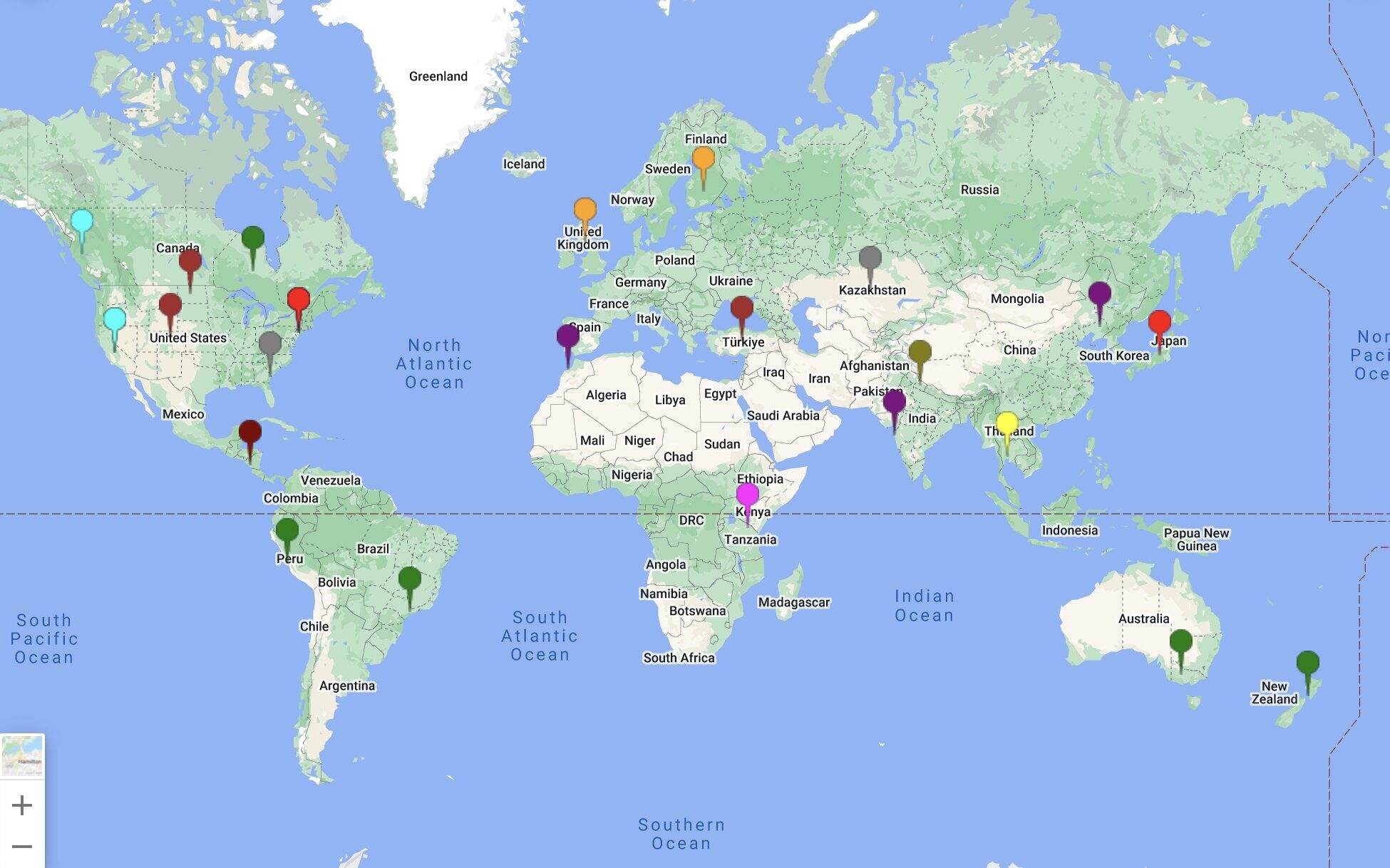Displaying items by tag: cornell laboratory of ornithology
Join the world’s largest biodiversity-related participatory science project!

Great Backyard Bird Count (GBBC) weekend is underway
Each February, for four days, the world comes together for the love of birds. Over these four days people everywhere are invited to spend time in their favorite places watching and counting as many birds as they can find and reporting them to us. These observations help scientists better understand global bird populations before one of their annual migrations.
Participating is easy, fun to do alone or with others, and can be done anywhere you find birds.
Step 1: Decide where you will watch birds.
Step 2: Watch birds for 15 minutes or more, at least once over the four days, February 14–17, 2025.
Step 3: Identify all the birds you see or hear within your planned time/location and use the best tool for sharing your bird sightings:
- If you are a beginning bird admirer and new to bird identification, try using the Merlin Bird ID app to tell us what birds you are seeing or hearing.
- If you have participated in the count before and want to record numbers of birds, try the free eBird Mobile app or enter your bird list on the eBird website (desktop/laptop/smartphone).
If you already use Merlin or eBird, all entries over the 4 days count towards GBBC. Keep doing what you are doing! No need to register or sign-up separately for GBBC.
Note that the Great Backyard Bird Count and Project Feeder Watch are two different projects. Their observations are recorded separately. However, if you are enrolled in Project Feeder Watch and your observation days overlap with the GBBC period, you can choose to designate your feeder also as a stationary GBBC count location and submit your feeder observations to both projects. The principal purpose of GBBC, though, is to identify all birds one can see and hear. Because relatively few species of birds are attracted by feeders, it is important to obtain counts from locations beyond your feeder and beyond your own backyard to gain a better understanding of bird biodiversity.
Requiem for the Lord God Bird
The ivory-billed woodpecker is officially extinct, and it strikes a chord in Knoxville
Clinging to a maple in the bayou, Jim Tanner finally had the rare nestling in his grasp.
He fitted it with a numbered leg band and placed the bird back in its hole high off the ground.
But true to its seldom-seen self, the juvenile ivory-billed woodpecker squirmed free and fluttered to the base of a giant maple tree in a southern Louisiana swamp owned at the time by the Singer Sewing Machine Co.
The year was 1936, and Jim Tanner was in the midst of doctorate research at Cornell University funded by the Audubon Society as part of a push to prevent the pending extinctions of multiple bird species, including the California condor, roseate spoonbill, whooping crane and ivory-billed woodpecker. Eighty-five years later, the regal woodpecker would be the only one grounded for eternity.
In the heat and rain of mucky, gassy bayous, Tanner compiled data on the range, population, habitat and prevalence of ivory-billed woodpeckers. He camped for weeks at a time in the swamps of the birds’ original range.
On this day, his only goal was to band the bird but he rushed down the tree and picked up the agitated but uninjured woodpecker.
He also wanted photographs.
Tanner took advantage of the moment.
He placed the bird upon the shoulder of an accompanying and accommodating game warden for 14 shots from his Leica.
They were probably the first, and perhaps the last, photographs of a juvenile ivory-billed woodpecker photographed by Tanner in its natural habitat. He named the bird Sonny, and he was the only known member of the species to be banded with a number.
The regal, smart, athletic bird, which peaceably flew over its small slice of Earth for some 10,000 years, was declared extinct last month by the Fish and Wildlife Service. Twenty-two other species also qualified for removal from the Endangered Species List — in the worst possible way.
The ivory bill inhabited the swamps of the Deep South, far removed from Rocky Top, but old visages of the departed were found in Little Switzerland in South Knoxville. The work of Tanner, who would go on to complete a rich ecological research career at the University of Tennessee, has been memorialized by a talented East Tennessee science writer.
And the Southern Appalachian region has other long-gone kinships with species that vanished from the Earth a long time ago.